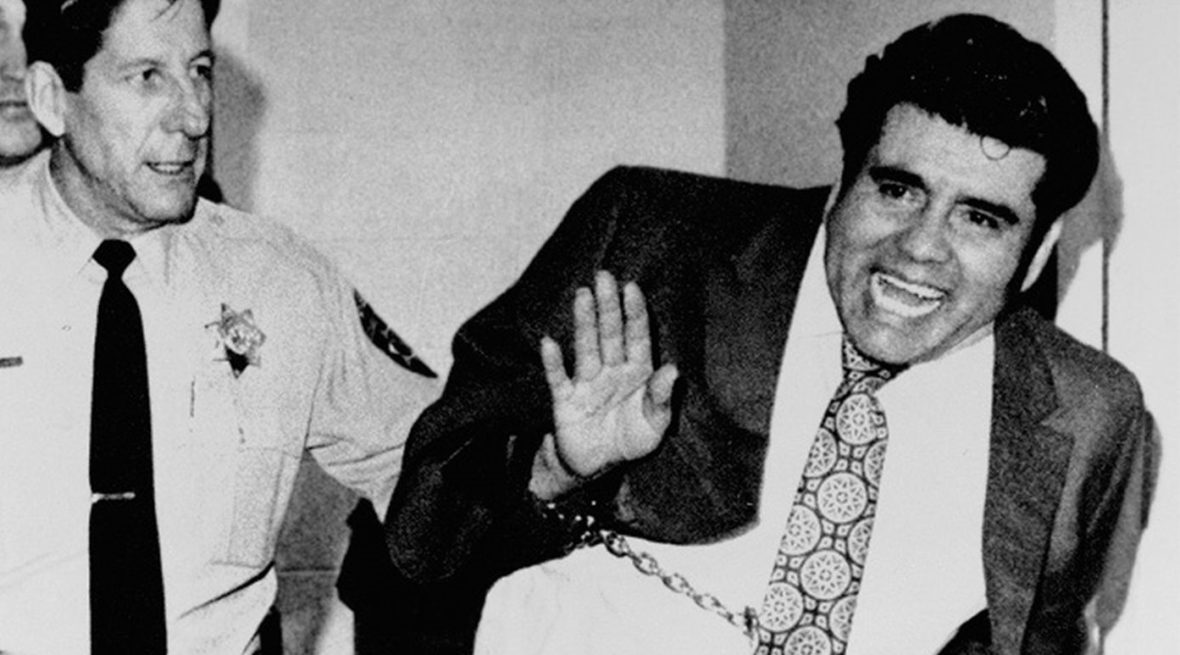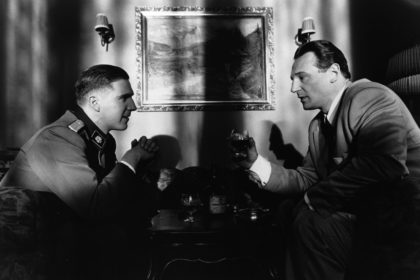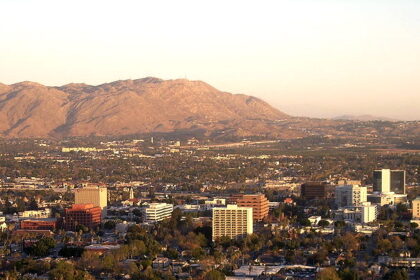Juan Vallejo Corona is a Mexican serial killer who was convicted of the murders of 25 migrant farm workers found buried in shallow graves in fruit orchards along the Feather River in Sutter County, California, in 1971. At the time, the crimes were characterized as among the most notorious in U.S. history. Take a look below for 28 more scary and strange facts about Juan Corona.
1. The exact victim total remains unknown and may be significantly higher, according to local authorities.
2. Corona was convicted of 25 counts of first-degree murder in 1973.
3. An Appeals Court overturned the conviction in 1978 on the basis of incompetent legal representation and granted him a new trial.
4. In 1982, he was again found guilty of all 25 homicides.
5. He is currently serving a life sentence in Corcoran State Prison.
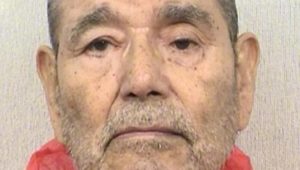
6. Born in Autlan in the state of Jalisco, Mexico, Corona first entered the United States in 1950.
7. Crossing the border into California, the 16 year old picked carrots and melons in the Imperial Valley for three months before moving on north to the Sacramento Valley.
8. His half-brother, Natividad Corona, had immigrated to California in 1944 to work and settled at Marysville, across the Feather River from Yuba City.
9. Corona moved to the Marysville area in May, 1953, at the suggestion of Natividad, and found work on a local ranch.
10. He first married to Gabriella E. Hermosillo on October 24, 1953, in Reno, Nevada. In 1959, he married Gloria I.
11. In late December, 1955, a flood occurred on the Yuba and Feather Rivers. It was one of the most widespread and destructive of any in the recorded history of Northern California. A rush of water broke through the west levee and flooded 150 square miles, killing 38 people. Corona was strangely affected by the death and destruction and had a mental breakdown.
12. He believed that everyone had died in the flood and that he was living in a land of ghosts.
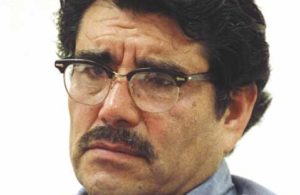
13. Corona suffered various episodes of schizophrenia.
14. In January, 1956, Natividad had him committed to DeWitt State Hospital in Auburn, California, where he was diagnosed with schizophrenic reaction, paranoid type.
15. He received 23 shock treatments, before being pronounced recovered and released three months later.
16. Afterward, Corona was deported back to Mexico. However, he returned to the U.S. legally, with a green time.
17. Corona reportedly was outwardly macho and had anger issues with gay men. His half brother, Natividad, who was gay, owned the Guadalajara Cafe in Marysville.
18. Early on the morning of February 25, 1970, a young man named Jose Romero Raya was brutally attacked with a machete in the restroom of the cafe. He was discovered by customers at 1:00 AM, hacked about the head and face, and Natividad called the police.
19. In March, 1970, Corona was again admitted to DeWitt State Hospital for treatment.
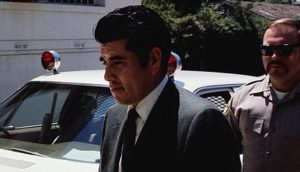
20. A year later, in March, 1971, he applied for welfare for the first time, as there was little ranch work available. However, his application was denied because he had too many assets, including two houses and money in the bank.
21. In 1971, a farmer who had used Corona to contract field workers noticed a freshly dug hole in a peach orchard. The next day, the hole was filled with dirt. The farmer was suspicious and called the police. When they investigated, they found a man’s body that had been stabbed and hacked.
22. In one grave, deputies found two meat receipts bearing Corona’s signature.
23. In another two graves, there were two crumpled Bank of America deposit slips printed with Corona’s name and address.
24. Witnesses later told police that some of the victims had been last seen riding in Corona’s pickup truck.
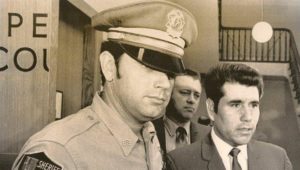
25. In the early morning hours of May 26, 1971, police entered Corona’s Yuba City home with a search warrant and arrested him.
26. Evidence indicating his guilt was discovered and seized, such as two bloodstained knives, a machete, a pistol and blood stained clothing. There was also a work ledger that contained 34 names and dates, including seven of the known victims.
27. Corona’s ledger came to be referred to as a “death list” by the prosecution, who alleged it recorded the dates the men were murdered.
28. Corona had been supplying workers to the ranches where the victims were discovered. He housed a lot of the men that worked for him in a bunkhouse on the Sullivan Ranch, where most of the victims were discovered.

